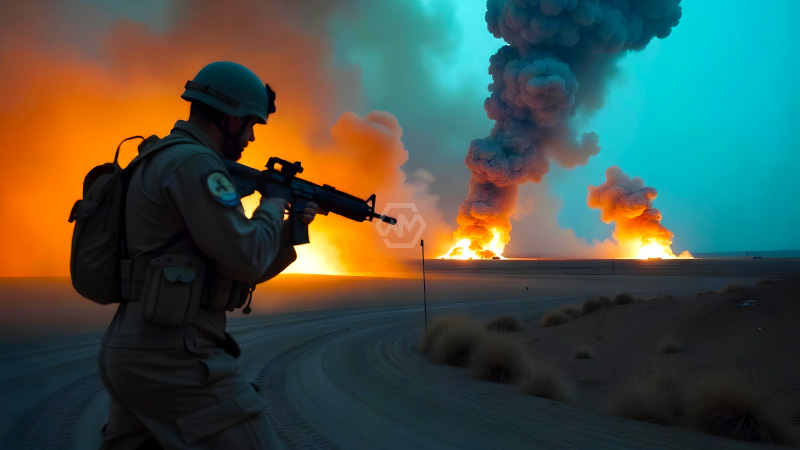- Israel reportedly destroyed advanced nuclear research facilities in Iran, limiting Tehran’s nuclear capabilities.
- Israeli ground forces captured a strategic hill in southern Lebanon, but were later pushed back by Hezbollah militants.
- Diplomatic efforts for a ceasefire in Lebanon and Gaza continue, amid escalating violence in the region.
Israel’s attack on Iran’s nuclear research sites in October is a significant development in the ongoing conflict over Iran’s nuclear program. Israeli forces reportedly destroyed key facilities in Parchin, a site involved in nuclear research, particularly related to uranium explosives.
This move is seen as a measure to thwart Tehran’s nuclear ambitions amid tensions with the international community over its non-compliance with nuclear inspection protocols.
Escalating Tensions: Israel’s Military Campaigns in Iran and Lebanon Amid Diplomatic Negotiations
In Lebanon, the situation has escalated with Israeli forces advancing deeper into southern territories, capturing a critical hill near the village of Chamaa. However, the Israeli troops were eventually repelled by Hezbollah fighters.
The conflict between Israel and Hezbollah has resulted in heavy casualties, with over 3,400 people killed in Lebanon since the outbreak of violence in late September. The increase in airstrikes and ground operations signals Israel’s determination to weaken Hezbollah’s infrastructure, which has launched frequent missile attacks on Israeli cities.
Diplomatic talks regarding a ceasefire in Lebanon are ongoing, with the United States playing a central role in mediating between Hezbollah, Lebanon, and Israel. A draft ceasefire proposal has been circulated, but significant obstacles remain, particularly over terms related to the enforcement of the agreement and the sovereignty of Lebanon.
The situation in Gaza, where Israeli military operations have caused widespread destruction and loss of life, also complicates the broader regional dynamics.
International pressure is mounting for both Israel and Hezbollah to agree to a ceasefire, as the toll of the conflict continues to rise. Humanitarian concerns are at the forefront, particularly in Gaza, where over 43,000 deaths have been reported, the majority of them civilians. As military actions persist, efforts toward diplomatic resolution are seen as the only viable path to ending the bloodshed, though a lasting peace remains elusive.
The ongoing Israeli military actions in both Iran and Lebanon, combined with the devastating conflict in Gaza, highlight the complex geopolitical challenges in the Middle East. While diplomatic efforts to end the violence continue, the path to peace remains uncertain, with continued loss of life on all sides.
“The destruction of Iran’s nuclear research facilities and Israel’s ongoing military actions in Lebanon and Gaza reflect a broader strategy to curb perceived existential threats.



